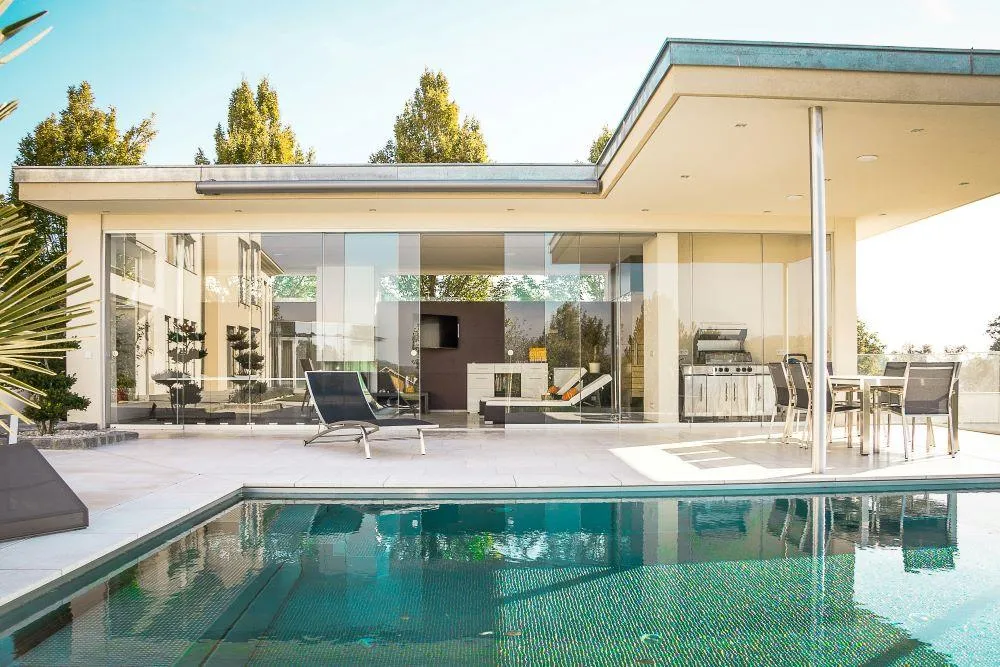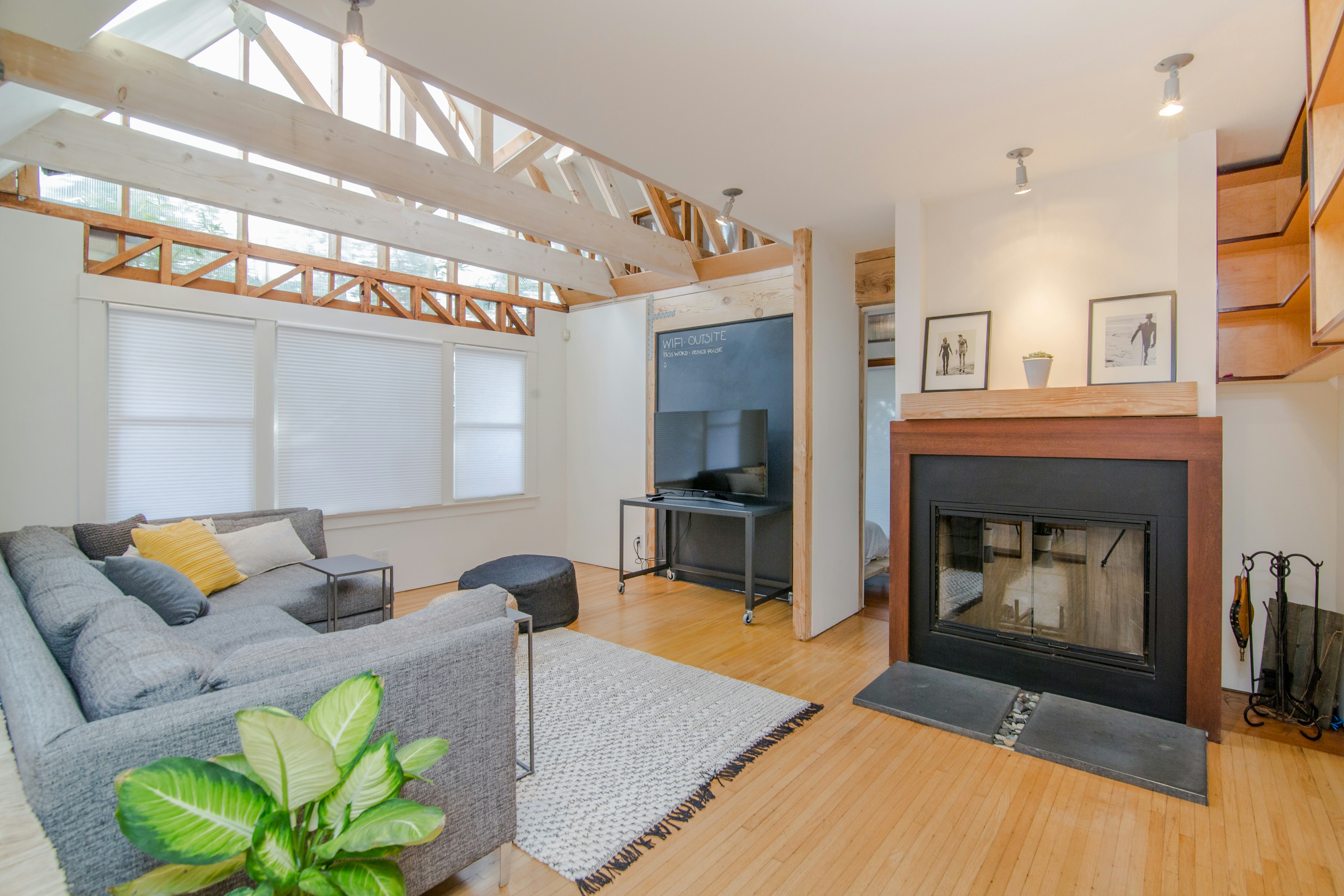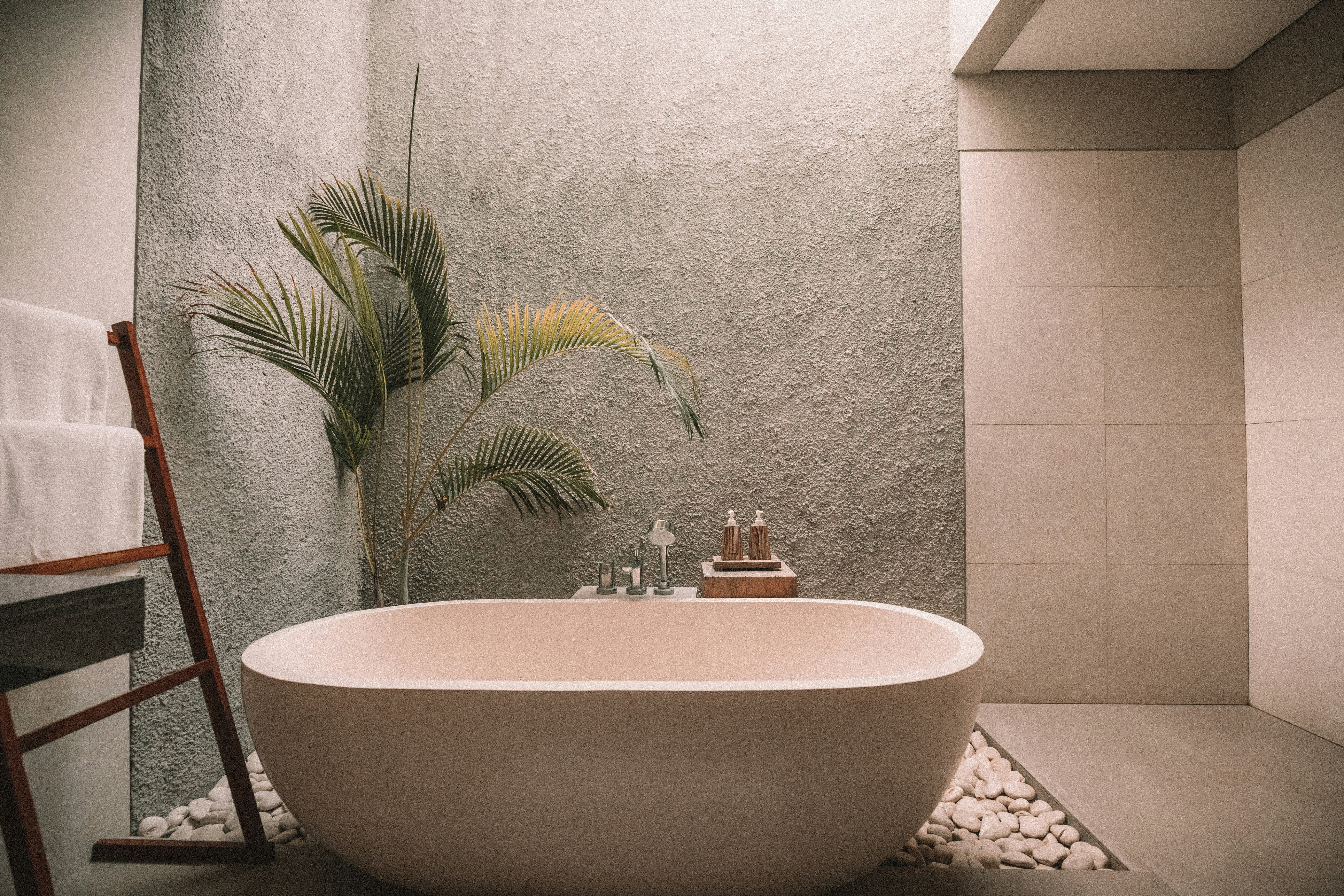
Crafting Your Dream Home: Best Design Practices to Follow
Building your dream home can feel overwhelming, especially with so many choices to make. Understanding the best home design practices is essential to create a space that fits your lifestyle. This article will share key insights on determining your needs, focusing on energy-efficient designs, and ensuring a functional layout. Readers will find practical tips to overcome common design challenges and build a home that is not only beautiful but also perfectly tailored to them.
Key Takeaways
Understanding personal needs enhances the design of an ideal home
Prioritizing sustainable materials contributes to an eco-friendly living space
Smart home technology improves convenience and comfort for modern homeowners
Seamless transitions between rooms enhance functionality and flow throughout the home
Collaborating closely with design professionals ensures that the final home reflects your vision
Understand Your Needs and Preferences Clearly

Understanding one’s needs and preferences is vital in creating the ideal home. It begins with identifying key functional requirements, prioritizing personal style and aesthetic choices, and considering long-term lifestyle changes. Evaluating current and future space needs is crucial, along with compiling a wish list of dream home features. Each of these elements shapes the architecture and overall floor plan, ensuring the design captures attention and aligns with the vision.
Identify the Key Functional Requirements for Your Home
Identifying the key functional requirements for a home is essential for creating a space that truly meets one’s needs. In New York City, where space may be limited, understanding what each room should achieve, such as high ceilings for an open feel or a solid roof for protection against the elements, becomes crucial. Conducting thorough research on the preferred brand of materials and fixtures helps in selecting options that reflect both style and functionality, ensuring the new build aligns with personal preferences and lifestyle requirements.
Prioritize Personal Style and Aesthetic Preferences
Prioritizing personal style and aesthetic preferences is crucial in achieving a home that feels uniquely yours. This process starts by collaborating with design firms that understand the desired look and ambiance, ensuring that choices made during construction reflect individual tastes. For instance, selecting the right floor finishes, whether sleek hardwood in the living room or cozy carpeting in the bedroom, can dramatically influence the overall feel of the space, making it essential to consider how each element contributes to the home's design vision.
Consider Long-Term Lifestyle Changes and Family Dynamics
When planning a dream home, considering long-term lifestyle changes and family dynamics is essential for success. As family members grow and employment circumstances evolve, the design and organization of rooms should accommodate these shifts. For instance, selecting durable wood finishes ensures longevity, while thoughtful lighting options can adapt to different activities, providing flexibility for everyone in the household.
Evaluate Current and Future Space Needs
Evaluating current and future space needs is an essential step in designing a dream home that lasts. Homebuyers should consider not only their immediate requirements but also anticipate changes that may arise, such as growing families or career shifts. For example, planning for an additional bedroom or a dedicated home office can significantly enhance functionality and comfort, ensuring the home remains adaptable as life evolves.
Create a Wish List for Your Dream Home Features
Creating a wish list for dream home features is a crucial step in the planning process. This list allows homebuyers to visualize their ideal space and highlight specific elements that enhance their quality of life, such as energy-efficient appliances, spacious kitchen layouts, or outdoor living areas. By prioritizing these features, individuals can ensure their new build aligns with personal preferences and future lifestyle needs, making the home truly their own.
Emphasize Sustainable and Energy-Efficient Designs

Incorporating sustainable and energy-efficient designs is crucial for creating a dream home that is both stylish and eco-friendly. Homeowners can focus on using eco-friendly materials and finishes, investing in energy-efficient appliances and systems, and designing for optimal natural lighting and ventilation. Implementing water conservation techniques and exploring renewable energy options further enhances the home's sustainability, providing lasting value.
Incorporate Eco-Friendly Materials and Finishes
Incorporating eco-friendly materials and finishes is a key step in creating a sustainable and energy-efficient home. Options such as reclaimed wood, bamboo flooring, and low-VOC paint not only reduce environmental impact but also enhance indoor air quality. By choosing these materials, homebuyers can contribute to a healthier living space while adding a unique touch to their design.
Use reclaimed wood for flooring and cabinetry.
Opt for bamboo or cork as sustainable flooring alternatives.
Select low-VOC paints to improve indoor air quality.
Consider recycled glass tiles for backsplashes or countertops.
Incorporate energy-efficient appliances to reduce energy usage.
Invest in Energy-Efficient Appliances and Systems
Investing in energy-efficient appliances and systems is a smart choice for any new home build. These appliances, such as ENERGY STAR-rated refrigerators and programmable thermostats, not only lower utility bills but also reduce environmental impact. Homebuyers can enhance the comfort and functionality of their living space while making a commitment to sustainability, ensuring their new home meets both current and future needs.
Design for Optimal Natural Lighting and Ventilation
Designing a home with optimal natural lighting and ventilation enhances both comfort and energy efficiency. It is essential to strategically place windows and utilize skylights to maximize the flow of natural light, reducing reliance on artificial lighting during the day. Additionally, incorporating features like open floor plans and strategically positioned vents creates cross-ventilation, allowing for fresh air circulation, which contributes to a healthier living environment.
Implement Water Conservation Techniques
Implementing water conservation techniques is essential for creating a dream home that is environmentally responsible. Simple changes, such as installing low-flow faucets and showerheads, can significantly reduce water usage without sacrificing comfort. Additionally, incorporating rainwater harvesting systems allows homeowners to collect and reuse water for irrigation, further enhancing sustainability while keeping utility costs in check.
Explore Renewable Energy Options for Your Home
Exploring renewable energy options for a home is an exciting step toward sustainability. For instance, solar panels can significantly reduce electricity costs while harnessing the sun’s power. Homeowners may also consider geothermal heating systems, which utilize the earth’s stable temperature for efficient climate control. These choices not only lower utility bills but also minimize environmental impact, offering a practical approach to energy-efficient living.
Focus on Functional Layouts and Flow

Planning for functional layouts and flow is key in home design. The choice between an open concept and a traditional space can affect daily life. Creating seamless transitions between rooms enhances movement. Ensuring accessibility and comfort throughout supports everyone while zoning for quieter and social spaces adds harmony. Additionally, optimizing traffic patterns contributes to efficiency, making the home welcoming and practical.
Create Seamless Transitions Between Rooms
Creating seamless transitions between rooms is vital for enhancing the flow and functionality of a home. This design approach promotes a sense of cohesion, making spaces feel larger and more inviting. For example, using consistent flooring materials or aligning sightlines can tie rooms together visually, which is especially beneficial in open-concept living areas where families gather. Here are some key points to consider when designing for seamless transitions:
Choose the same flooring or complementary materials throughout the home.
Align doorways and openings to create clear sightlines between spaces.
Incorporate wide archways instead of doors to enhance openness.
Use color schemes that flow from one room to another for a harmonious look.
Ensure Accessibility and Comfort Throughout the Home
Ensuring accessibility and comfort throughout the home is essential for creating a welcoming environment. Thoughtful design choices, such as wide doorways and hallways, allow for easy movement, accommodating all family members, including those with mobility challenges. Additionally, installing features like grab bars in bathrooms and leveraging adjustable lighting can enhance both safety and comfort, making day-to-day living more enjoyable:
Consider wide doorways for wheelchair access.
Include adjustable lighting for personalized comfort.
Install grab bars in bathrooms for safety.
Design open spaces to promote easy navigation.
Consider Zoning for Quieter and Social Spaces
Considering the zoning of quieter and social spaces within a home design enhances both functionality and comfort. Designating separate areas for relaxing and entertaining can help family members and guests enjoy their time together or unwind without disruptions. For example, placing a living room adjacent to a family room allows for lively gatherings while keeping tranquil spaces, like bedrooms or reading nooks, at a distance for privacy and peace:
Optimize Traffic Patterns for Efficient Movement
Optimizing traffic patterns in home design is essential for promoting efficient movement and enhancing daily life. Homebuyers should consider the placement of rooms and hallways to encourage smooth transitions and minimize bottlenecks. For instance, positioning frequently used spaces, like kitchens and living areas, close to entry points can help streamline movement during gatherings:
Design clear pathways that connect high-traffic areas.
Avoid blockages with furniture placement.
Implement open entries to enhance flow.
Consider accessibility for all family members.
Select Quality Materials and Finishes Wisely

When selecting materials and finishes for a home build, it is important to consider several factors. Researching durable materials that suit the local climate ensures longevity while balancing aesthetics with practicality enhances the overall design. Understanding maintenance needs for various finishes, leveraging local craftsmanship, and opting for timeless designs contribute to a space that stands the test of time.
Research Durable Materials Suitable for Your Climate
Researching durable materials that are suitable for the local climate plays a critical role in the home building process. Homebuyers should consider options like fiber-cement siding in humid areas or clay tiles in regions with extreme heat, as these materials offer longevity and resistance to weather-related wear. By selecting the right materials, individuals can protect their investment and ensure a comfortable living environment that stands up to the elements.
Balance Aesthetics With Practicality in Design Choices
Balancing aesthetics with practicality in design choices is essential for creating a functional and visually appealing home. Homebuyers should consider materials that look great while also providing durability and ease of maintenance. For instance, selecting quartz countertops offers a stylish surface that is resistant to stains and scratches, making it a practical choice for busy kitchens.
Choosing the right finishes can significantly impact both the look and longevity of a home. For example, opting for ceramic tiles in high-traffic areas can enhance the home’s aesthetic appeal while ensuring easy cleaning and long-lasting performance. A well-thought-out selection of materials helps create a harmonious environment that meets everyday needs without compromising on style:
Understand Maintenance Requirements for Different Finishes
Understanding maintenance requirements for different finishes is crucial when designing a dream home. Each material has its own care needs, which can impact longevity and aesthetics. For instance, hardwood floors may require periodic refinishing, while ceramic tiles typically need only regular cleaning to maintain their appearance. Being informed about these requirements helps homeowners choose finishes that not only fit their style but also align with their desired upkeep level:
Research the care needs for each chosen material.
Consider long-term maintenance when selecting finishes.
Select durable options that suit your lifestyle.
Factor in ease of cleaning and upkeep for busy families.
Take Advantage of Local Craftsmanship and Artistry
Utilizing local craftsmanship can greatly enhance the authenticity and uniqueness of a home build. By sourcing materials and finishes from nearby artisans and manufacturers, homeowners connect with their community while ensuring high-quality workmanship. For example, custom cabinetry or handmade tiles add a personal touch, reflecting local culture and artistry, which can elevate the overall design and create a more cohesive aesthetic that resonates with the homeowner's vision.
Conclusion
Implementing the best home design practices is essential for achieving a dream build that reflects personal needs and preferences. Prioritizing functional layouts, sustainable materials, and advanced technology enhances both comfort and efficiency. Collaborating with skilled professionals ensures that the vision comes to life successfully while considering future lifestyle changes. By thoughtfully integrating these strategies, homebuyers can create a beautiful, enduring space that truly feels like home.


